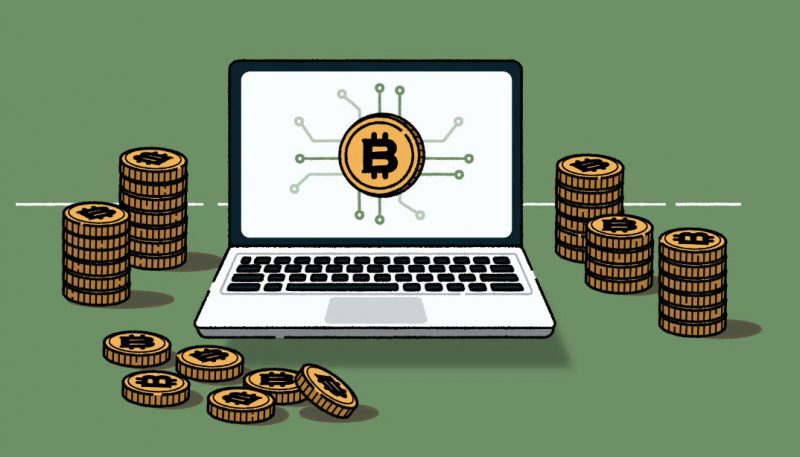Is Crypto a Part of NFT? A Comprehensive Guide
In the world of digital assets, there are two main types that have been making waves in recent years: cryptocurrencies and non-fungible tokens (NFTs).
Both serve different purposes and offer unique advantages. Wondering “Is Crypto a Part of NFT?”
To better understand the concept of NFTs and their relationship with cryptocurrencies, let’s delve into a comprehensive analysis of these digital assets.
Also read: Is NFT safer than crypto?
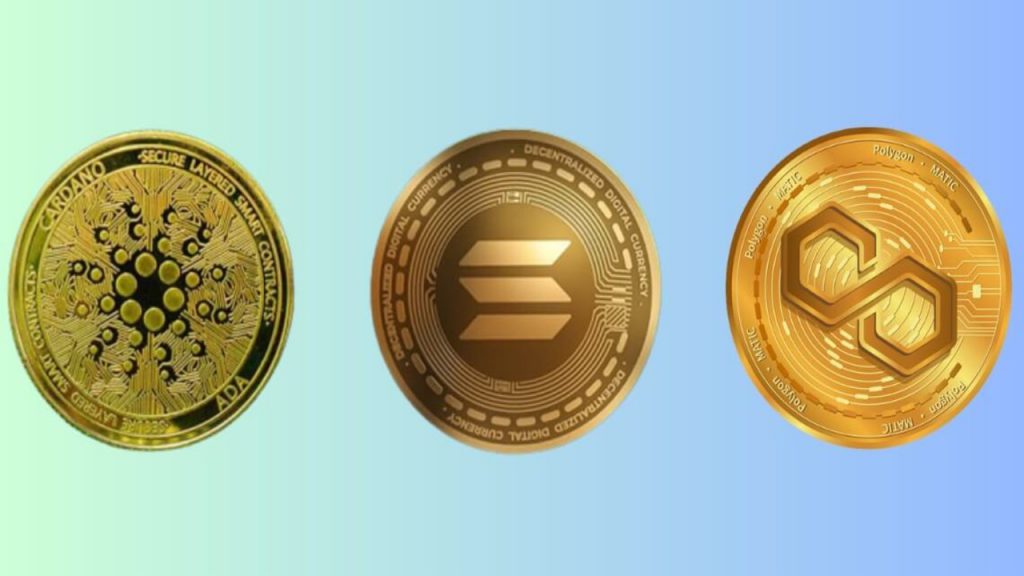

What are fungible tokens?
Before diving into the world of non-fungible tokens (NFTs), it’s important to understand the concept of fungible tokens. Fungible tokens are interchangeable and can be traded on a one-to-one basis.
Cryptocurrencies such as Bitcoin and Ethereum are examples of fungible tokens.
Each unit of these cryptocurrencies is identical and can be exchanged for one another without any difference in value.
Is Crypto a Part of NFT?
What are non-fungible tokens (NFTs)?
Non-fungible tokens (NFTs), on the other hand, are unique digital assets that cannot be replicated or exchanged on a one-to-one basis.
Each NFT has a distinct value and identity, making it different from other tokens.
These tokens are created and stored on a blockchain, with Ethereum being the most popular blockchain platform for NFTs.
The unique nature of NFTs
One of the key features of NFTs is their unique identification code and metadata, which set them apart from other tokens. This uniqueness is what makes NFTs ideal for representing digital or real-world items such as artwork, collectibles, music, virtual real estate, and more. Unlike fungible tokens, NFTs cannot be exchanged for one another due to their distinct characteristics and values.
Also read: Solana NFTs Outshine Cardano NFT Buyers by 2226.47%
The Rise of NFTs
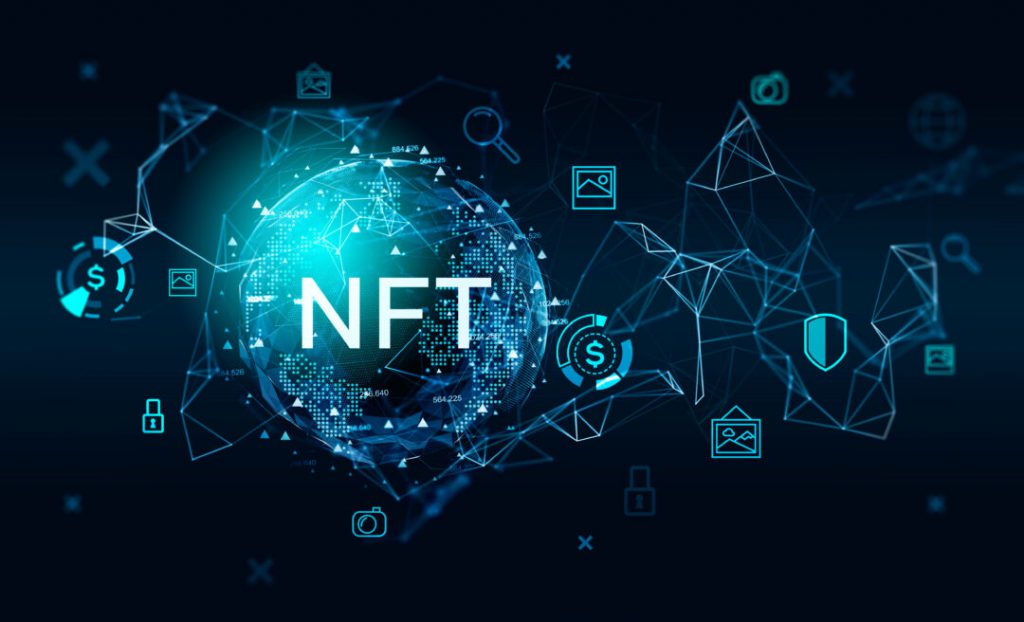

The concept of NFTs has been around for several years, but it has gained significant attention and popularity in recent times.
The ability to tokenize and represent digital or real-world assets on a blockchain has opened up new possibilities for creators, artists, and collectors.
NFTs have become a way to establish ownership, prove authenticity, and create new avenues for buying, selling, and trading digital items.
How do NFTs work?
NFTs are created through a process called minting, which involves recording the information of the NFT on a blockchain.
This minting process incorporates smart contracts, which assign ownership and manage the transferability of the NFT. Each NFT is assigned a unique identifier linked to a specific blockchain address, making it distinguishable from other tokens.
Even if multiple NFTs of the same item are minted, each token has its own unique identity and cannot be replicated.
The role of blockchain technology
Blockchain technology plays a crucial role in the creation, storage, and transfer of NFTs. Blockchain provides a decentralized and secure platform that ensures transparency and immutability.
It eliminates the need for intermediaries and enables direct peer-to-peer transactions.
Ethereum’s blockchain, in particular, has become the go-to platform for NFTs due to its robust infrastructure and widespread adoption.
Fungible Tokens vs. Non-Fungible Tokens
The fundamental difference between fungible and non-fungible tokens lies in their interchangeability.
Fungible tokens are exchangeable at an equal value, whereas non-fungible tokens are unique and not interchangeable one-to-one.
Fungible tokens, like cryptocurrencies, serve as a medium of exchange, while NFTs represent ownership and authenticity of digital or real-world items.
Use Cases and Applications of NFTs
NFTs are revolutionizing the purchasing, selling, and trading of digital assets across a wide range of industries.
Here are some of the popular use cases and applications of NFTs:
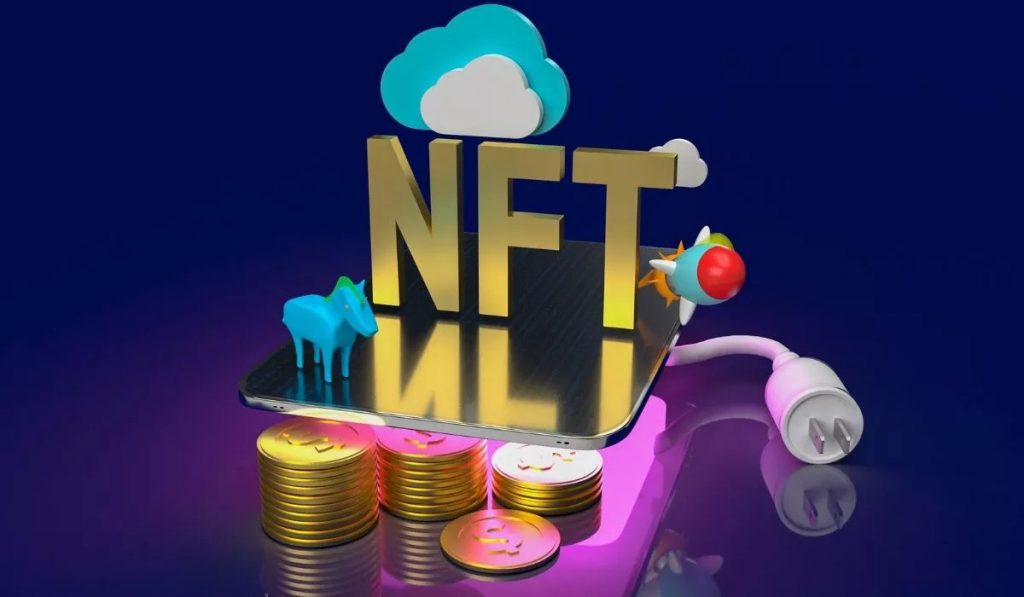

Digital art and collectibles
NFTs have become synonymous with digital art and collectibles. Artists can tokenize their artwork and sell it directly to collectors, eliminating the need for intermediaries.
A unique NFT represents every digital artwork or collectible, providing verification, scarcity, and value.
NFT marketplaces like OpenSea, Rarible, and SuperRare have gained popularity as platforms for buying and selling digital art and collectibles.
Virtual real estate and gaming
Virtual worlds and video games have embraced the concept of NFTs. NFTs can tokenize virtual real estate, in-game items, and character assets, offering players secure ownership and trading opportunities.
This opens up new possibilities for creating digital economies within virtual worlds and enhances the gaming experience for players.
Music and entertainment
Musicians and content creators can tokenize their music, videos, and other forms of digital content using NFTs.
This provides a new revenue stream for artists, as they can sell their work directly to fans and retain ownership rights. NFTs enable artists to establish a direct connection with their audience and create unique experiences for their fans.
Identity and Authentication
NFTs also serve the purpose of representing individuals’ identities and establishing ownership rights. They can serve as digital passports, proving the authenticity and ownership of personal information.
Furthermore, creators and innovators can utilize NFTs to safeguard intellectual property, copyrights, and trademarks, retaining control over their creations.
Tokenization of Real-World Assets
One of the most promising applications of NFTs is the tokenization of real-world assets.
NFTs can represent physical assets like real estate, fine art, and luxury goods, allowing fractional ownership and simplifying trading.
Tokenization reduces the barriers to entry for investors and increases liquidity in traditionally illiquid markets.
NFT Marketplaces: Where to Buy and Sell NFTs
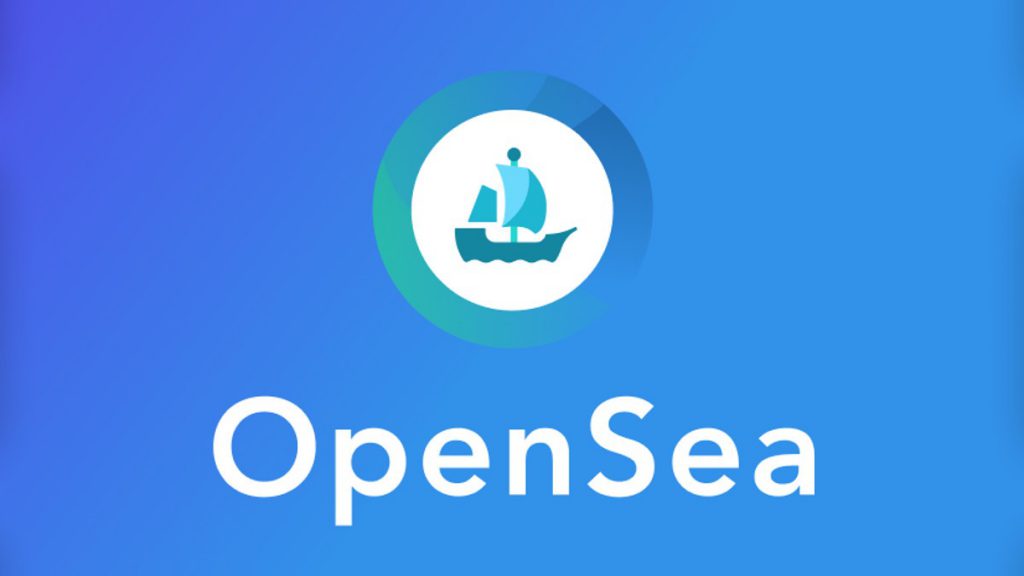

NFT marketplaces have emerged as the go-to platforms for buying, selling, and trading NFTs.
These marketplaces provide a space for creators, artists, and collectors to connect and transact securely. Here are some popular NFT marketplaces:
- OpenSea: OpenSea is the largest marketplace for NFTs, offering a wide range of digital items, collectibles, and artwork.
- Rarible: Rarible is a decentralized marketplace that allows creators to mint, buy, and sell NFTs directly.
- SuperRare: SuperRare focuses on digital art and limited-edition collectibles, providing a curated platform for artists and collectors.
- NBA Top Shot: NBA Top Shot is an NFT marketplace for basketball fans, offering digital collectibles in the form of video clips and highlights.
- Axie Infinity: Axie Infinity is an NFT marketplace that combines gaming and collectibles, allowing players to own and trade in-game assets.
The future of NFTs
While NFTs have gained significant attention and popularity, the market has experienced fluctuations and challenges.
Furthermore, the initial hype around NFTs has waned, but the underlying technology and potential applications remain promising.
As the market matures and evolves, we can expect to see more innovative use cases and increased adoption of NFTs in various industries.
In Conclusion: Is Crypto a Part of NFT?
In conclusion, the rise of non-fungible tokens (NFTs) has revolutionized the digital asset space, allowing for the creation, buying, and selling of unique digital items.
These tokens have found applications in art, collectibles, gaming, music, and even real-world assets. While the market for NFTs has experienced ups and downs, the technology and its potential remain intriguing.
As blockchain technology continues to advance, we can expect further developments in the NFT space, offering new opportunities for creators, artists, and collectors alike.





